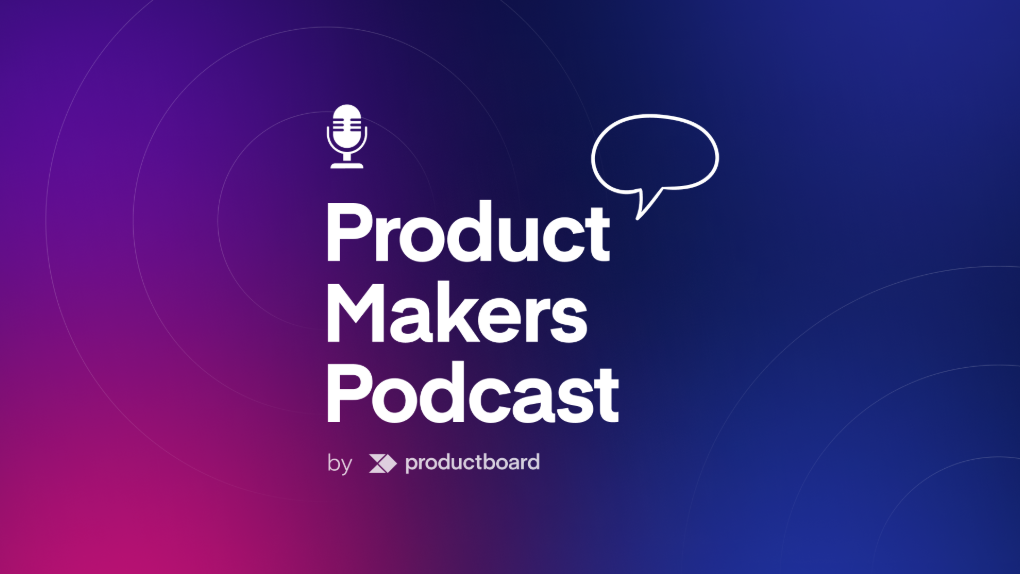Product Operations vs Product Management

A new product or feature comes into a customer’s life seamlessly as a natural extension of their behavior — that’s the product manager’s goal, at least.
Peeking under the hood, there’s a ton of work that goes into creating an experience like that.
Enter, product ops. Whether they are processing data, creating a reliable tech stack, or working to build cross-organizational alignment, they act as the backbone of the product management function.
With access to an overwhelming amount of product usage data and increasingly complex product functions, product ops play a crucial role in making sure the day-to-day work of product managers is tied to business outcomes.
Product operations manager vs. product manager
In short, a product manager is responsible for deciding what products (or features) to build. They sit at the intersection of technology, user experience, and business, and spend (or should spend) the bulk of their time understanding customer needs and pain points.
A product operations manager, on the other hand, streamlines the day-to-day operations of the product function. They bridge various gaps between product, engineering, customer success, and go-to-market teams.
Exactly where the product ops and product management functions differ and overlap is best illustrated by walking through the following three key phases of the product management process:
- Understand what users need
- Decide what to build and when
- Communicate the product roadmap and ongoing progress
Let’s hop to it!
#1 Understand what users need
There is so much data — like product usage metrics, internal and external feedback, and feature requests — that product managers must gather and analyze to understand what users need.
That’s where product operations managers come in. They help set up and maintain systems and processes for making sense of all this data. This way, the product team can use it to efficiently drive decision-making. Given that a truly intuitive user experience is table stakes these days, product managers need help identifying recurring themes and avoiding biases when analyzing data. And product operations managers are perfectly equipped to help due to their proximity to the data.
All these efficiency gains in the day-to-day operations of collecting, organizing, and analyzing data lead to better and faster business outcomes for the organization.
#2 Decide what to build and when
This is where product managers strategically define what to build next. They run interviews and experiments to validate their assumptions and prioritize based on customer needs and company objectives. Finally, they produce a roadmap to communicate their plans and get buy-in for it from the rest of the organization. While all this is happening, they are also reacting to any changes happening in the market or within the organization.
That’s a lot of collaboration, coordination, and communication! And you’ve guessed it, product operations managers come in as their trusty partners in this mighty endeavor.
Running experiments is a daunting task in itself. So, product operations managers help by creating and maintaining repeatable processes for tracking, sequencing, and implementing experiments efficiently.
During the prioritization process, product operations managers support product managers’ decision-making by surfacing the right insights and acting as a much-needed sounding board. Again, because they’re so close to the data, they’re able to act as an extension of the product team.
Finally, creating alignment within the organization requires cross-departmental collaboration and sharing of data to different leaders and teams. Product operations managers take care of this back-and-forth communication and decision-making so everyone stays on the same page.
Finally, let’s see how product operations managers help communicate the product roadmap and its progress to the rest of the organization.
#3 Communicate product roadmap and ongoing progress
Once the product strategy and product roadmap are set, it’s time to communicate it across the organization.
Product operations managers can also act as the primary contact and trusted advisors to executives like the Chief Product Officer (CPO), further increasing communication between the product team and important stakeholders.
The case for more product ops
Bringing on a product operations manager can help your product organization in myriad ways, including uniting teams behind shared processes and tools, analyzing data to get to the bottom of customer needs, and fostering greater alignment across the organization.
“If you want your product managers to focus on creating strategies to achieve your business mission, then you need product ops to coordinate the tactics on-the-ground.”
The result? More efficient teams, and a more cohesive product strategy and product experience. One step closer to Product Excellence!




